|
|
AUSTRALIA Printed Money, |
|
|
AUSTRALIA Printed Money, |
 King: George V Bio 6.5.1910 - 20.1.1936 |
 Prime Minister: Andrew Fisher Bio 1910-13, 14-15 |
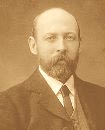 Prime Minister: Joseph Cook Bio 24.3.1913 - 17.7.1914 |
 Prime Minister: William M. Hughes Bio 27.10.1915 - 27.10.1915 |
 Prime Minister: Stanley M. Bruce Bio 27.10.1915 - 22.10.1929 |
|
||||
|
||||
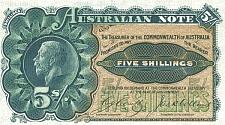 P.1 Five Shillings ND(1916) |
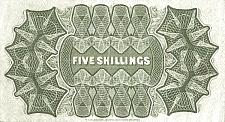 Back |
|||
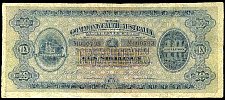 P.1A Ten Shillings ND(1913). |
 Back |
|||
| P.1B 1 Pound ND(1914-15 old date 1.9.1894) | Images Needed | |||
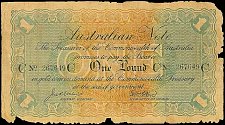 P.2a 1 Pound ND(1913) |
||||
| P.2A 1,000 Pounds ND(1914-24) | Images Needed | |||
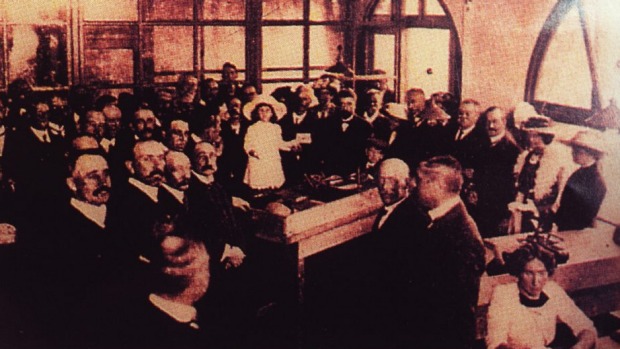 Judith Denman producing 10-shilling note M000001. It's the first banknote struck by the nation of Australia, and an important landmark in the country's history, but a 10-shilling note dating from 1913 looks set to fall into foreign hands because no local buyer can be found. The mint banknote, which last sold for $1.9 million in 2008, has been on the market for almost a year. It was originally valued at $3.5 million by Melbourne broker Coinworks, which is selling it on behalf of administrators McGrathNicol. The sale period ends on Wednesday and, with no bids, spokesman Anthony Black said offers of $1 million ''would be seriously considered if it helped stop the banknote from being sold overseas''. If the note is not sold, it will go to London auction house Spink and Son, which specialises in coins and banknotes. ''Once it's there, we are pretty confident the buyer will be from Britain and not Australia,'' Mr Black said.
Advertisement
Negotiations with the National Library of Australia, which had shown interest in the banknote, broke down in February. Billionaires Kerry Stokes, Gina Rinehart and Clive Palmer have also been approached. After the Labor Party won control of both houses of parliament at the 1910 election, the Australian Notes Act was passed, which gave the Commonwealth the power to issue bank notes. The first 10-shilling note was issued at a ceremony at the government's print works on Flinders Lane in Melbourne on May 1, 1913, in the presence of prime minister Andrew Fisher and governor-general Lord Denman. The Age the next day recorded that the governor-general's five-year-old daughter, Judith Denman, was given the honour of ''operating the numbering machine for the first note'' and produced 10-shilling note M000001. Lord Denman then produced note M000002 and his son, Thomas, note M000003. According to the report in The Age, ''note No. 4 is to go into general circulation''. The Denman family returned to England in 1914, and Australia's first three banknotes were lost for for 85 years. Judith Denman died in 1987, but it wasn't until 1999 that the first bank note was found among her belongings. The mint-condition note was in an envelope in her desk marked ''Judith's 10/- Note May 1st 1913''. An English numismatic dealer bought the note from her estate for an undisclosed sum, and sold it to a Sydney businessman in 2000 for $1 million, which was then a record price for an Australian note or coin. It was sold again in 2008 for $1.9 million to coin dealer John Pettit, whose company later went into administration. An important artifact from the history of Australian Federation, the 10-shilling note was printed in the same year that Australia's first stamp was produced and the city of Canberra was named. While it's the first banknote to be issued by the Commonwealth of Australia, it's not the first banknote made here. Last month Westpac paid $334,000 to buy Australia's oldest banknote, a 10-shilling note from the first run issued by the Bank of New South Wales in 1817. That note was printed at the Sydney Gazette office on April 8, 1817, the day the Bank of New South Wales - later to become Westpac - opened. |
![]()